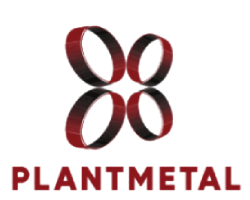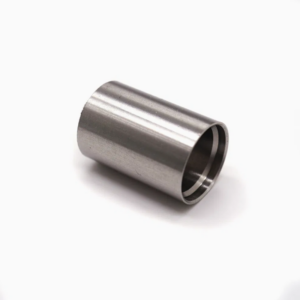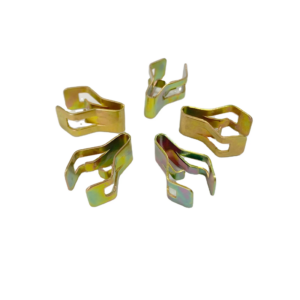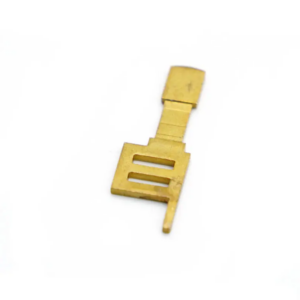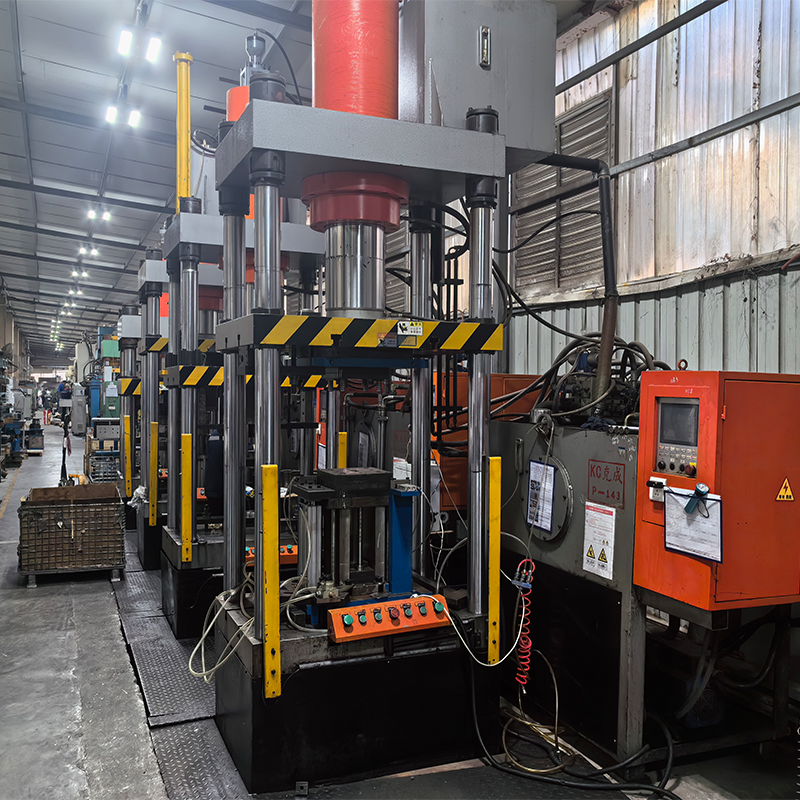Aluminum is one of the most versatile materials available to manufacturers, and its properties make it an attractive choice across various industries. As an inherently lightweight metal, aluminum offers exceptional strength-to-weight ratios, durability, and corrosion resistance—qualities that give it a distinct advantage over many other metals. These properties, coupled with its recyclability, have made deep-drawn aluminum parts increasingly popular for a wide array of applications.
At Plantmetal, we specialize in the precision manufacturing of deep-drawn aluminum components. As a leader in the industry, we pride ourselves on delivering parts that meet the highest quality standards, all while offering cost-effective solutions. If you’re considering aluminum for your next project, let’s explore the numerous advantages and the deep drawing process that makes aluminum an ideal choice for many applications.
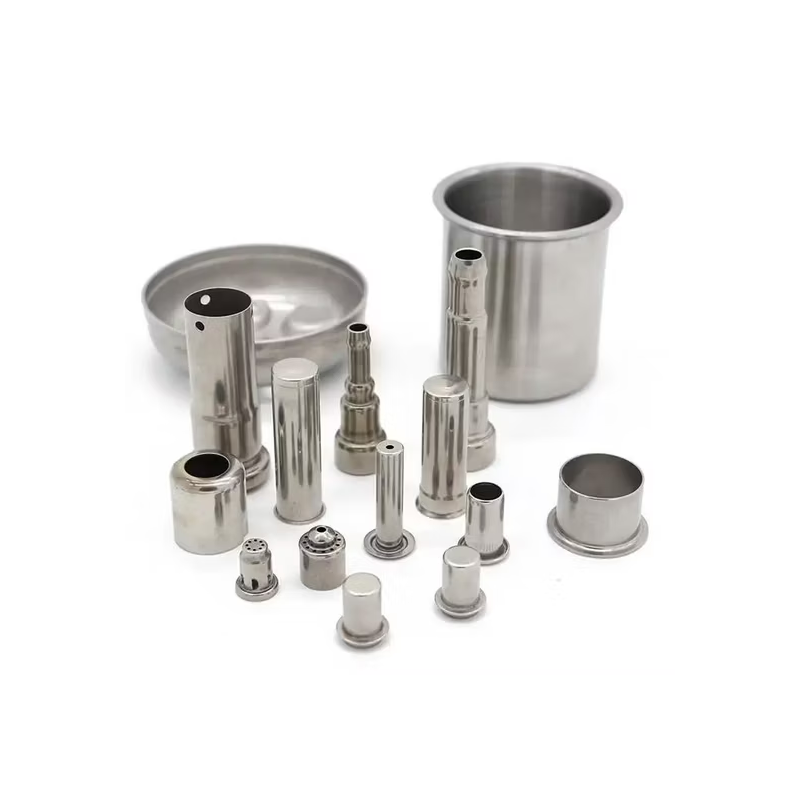
Advantages of Deep-Drawn Aluminum Parts
1. Strength-to-Weight Ratio
One of the most significant advantages of deep-drawn aluminum is its outstanding strength-to-weight ratio. Aluminum is approximately one-third the weight of steel, yet it can still retain considerable strength. This makes it an ideal material for applications that require both strength and lightweight properties. In industries such as aerospace, where every ounce counts, aluminum’s strength-to-weight benefits are crucial. For example, aircraft parts often need to stay within strict weight limitations while maintaining high performance. Deep-drawn aluminum allows manufacturers to meet these exacting demands without sacrificing quality or performance.
2. Durability and Dent Resistance
When it comes to automotive applications, deep-drawn aluminum provides remarkable durability. Outer-body automotive panels are regularly subjected to impacts and collisions, and aluminum’s resistance to denting is a key factor in its adoption in the industry. Deep-drawn aluminum parts have been shown to withstand more force before denting compared to steel or other metals, which enhances the lifespan and aesthetic quality of vehicles over time.
3. Corrosion Resistance
Aluminum naturally forms a protective oxide layer that helps it resist corrosion. This means that deep-drawn aluminum parts do not require extensive, regular treatment to maintain their durability. Whether used in automotive, medical, or aerospace applications, aluminum’s corrosion resistance ensures longevity even in harsh environments. The need for additional protective coatings is often reduced, which in turn minimizes both cost and maintenance efforts.

4. Sustainability
Aluminum is fully recyclable, making it an environmentally friendly choice for manufacturers. Parts made from deep-drawn aluminum can be reused and repurposed at the end of their lifecycle, contributing to sustainable production practices. For industries that emphasize sustainability, such as the automotive sector, this recyclability offers a competitive advantage. Furthermore, recycling aluminum requires only a fraction of the energy needed to produce new aluminum, which significantly reduces the carbon footprint associated with its production.
5. Cost-Effective Manufacturing
Deep-drawn aluminum parts are not only high-performance but also highly cost-effective. The manufacturing process is adaptable for both low- and high-volume production runs, making it an ideal choice for companies with diverse production needs. The ability to scale up production while maintaining cost-efficiency makes aluminum particularly beneficial for mass production of components such as automotive panels, medical devices, and consumer products.
6. Electrical and Thermal Conductivity
Aluminum is an excellent conductor of both electricity and heat, which is especially valuable in applications where efficient energy transfer is essential. From electrical components to heat sinks, deep-drawn aluminum can be used to create parts that require high conductivity in industries like electronics and power systems.
The Process of Forming Deep-Drawn Aluminum Parts
The process of forming deep-drawn aluminum parts involves several crucial steps to ensure precision and the desired material properties. Here’s an overview of the deep drawing process:
1. Die Setup and Blank Preparation
The first step in deep-drawing aluminum is the preparation of the aluminum blank, which is a flat sheet of metal that will be transformed into the final part. The blank is carefully cut to the required dimensions before it is placed into a die cavity within the stamping press. The die cavity’s depth should be sufficient to accommodate the desired depth of the final part, ensuring that the drawing process can be carried out effectively.
2. Drawing Process
During the deep drawing process, the aluminum blank is drawn into the die cavity by a mechanical press. As the blank is pulled into the cavity, it is subjected to radial tension and tangential compression. These forces work in tandem to stretch the aluminum while maintaining a consistent material flow, transforming the blank into a hollow cylindrical or box-shaped enclosure. The material is carefully drawn without excessive thinning of the walls, maintaining the integrity of the part’s shape.
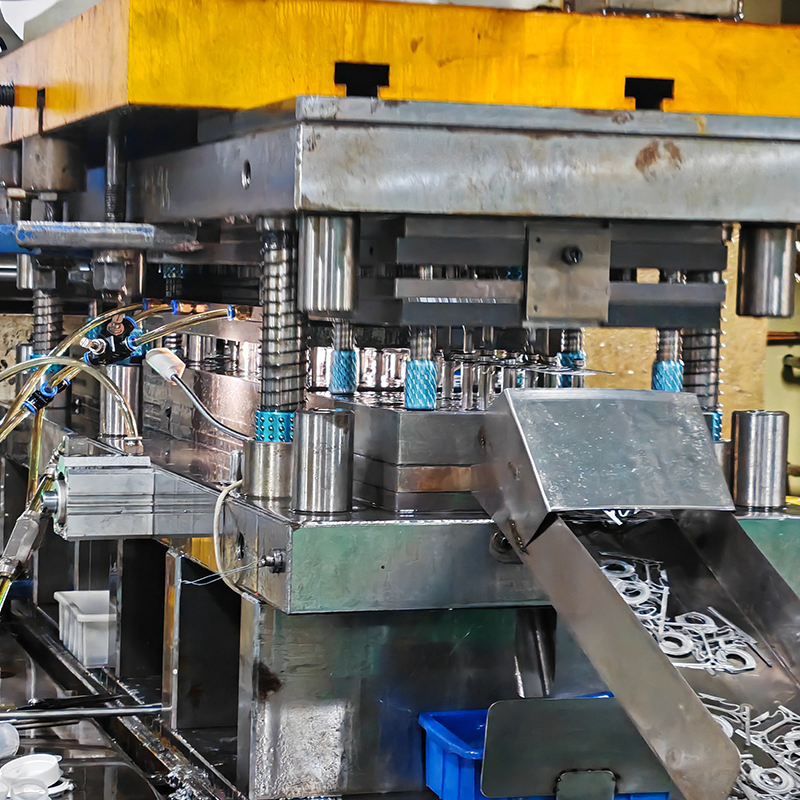
3. Redrawing and Shaping
Once the initial drawing is completed, the part is redrawn through a series of progressively smaller dies to further shape it and reduce its diameter while increasing its length. This step ensures that the final product meets the required dimensions and tolerances.
4. Cold Work Hardening
As aluminum undergoes the deep drawing process, it experiences cold working, which increases its hardness and strength. This is because the metal is being deformed at room temperature, causing its grain structure to change. The result is a part that is tougher and more durable, with enhanced material properties compared to the original blank.
5. Final Shaping and Inspection
After the deep drawing process is complete, the part is carefully inspected for defects and dimensional accuracy. The final product is then ready for additional processes such as finishing, coating, or assembly, depending on the specific requirements of the application.

Conclusion
At Plantmetal, we specialize in the manufacturing of high-quality deep-drawn aluminum parts. With our state-of-the-art equipment and highly skilled team, we provide customers with parts that meet precise specifications, all while ensuring cost-effectiveness and quick turnaround times. Whether you are in the aerospace, automotive, medical, or consumer electronics industry, we have the expertise to deliver durable and reliable components for your application.
If you are interested in learning more about deep-drawn aluminum manufacturing or would like to request a quote for your next project, don’t hesitate to contact us today. Our team at Plantmetal is here to help you create high-performance, sustainable parts that meet your unique needs.
Reach out today and discover how Plantmetal can elevate your manufacturing process with high-quality deep-drawn aluminum parts.
